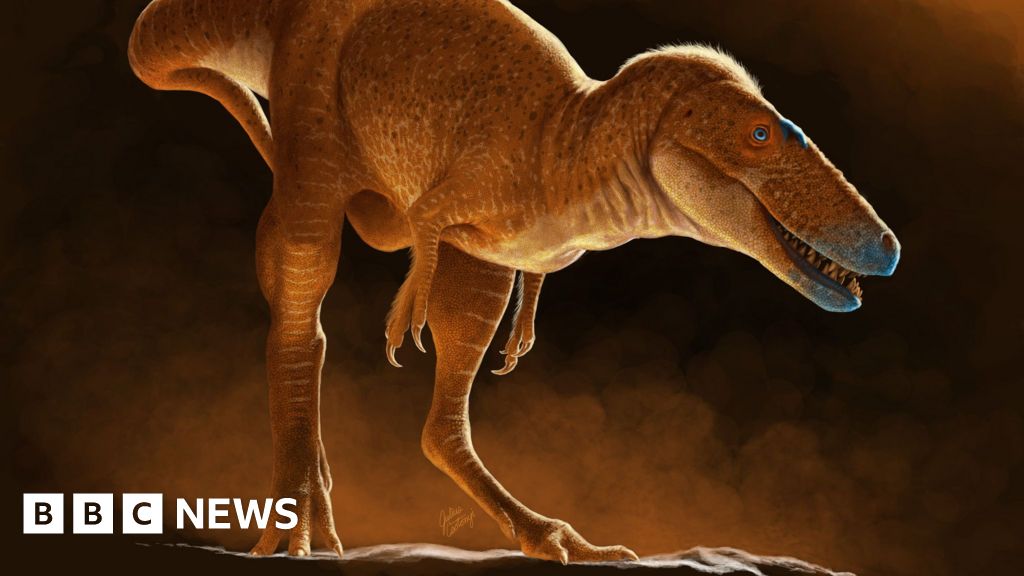In a groundbreaking discovery, scientists have identified a new dinosaur species housed within a Mongolian museum collection, which they assert significantly alters the evolutionary pathway of tyrannosaurs. Researchers have determined that two 86-million-year-old skeletons belong to a species that stands as the closest known ancestor to all tyrannosaurs, a lineage that includes the famed T.rex. This new species has been named Khankhuuluu mongoliensis, translating to ‘Dragon Prince of Mongolia.’ The findings, detailed in the journal Nature, provide insight into the evolution of tyrannosaurs, which became dominant predators in North America and Asia during the late Cretaceous period.
“‘Prince’ refers to this being an early, smaller tyrannosauroid,” said Professor Darla Zelenitsky, a paleontologist at the University of Calgary. The term tyrannosauroid describes a superfamily of bipedal carnivorous dinosaurs, with the earliest members being notably small. PhD student Jared Voris, the lead researcher alongside Prof Zelenitsky, noted, “They were these really small, fleet-footed predators that lived in the shadows of other apex predatory dinosaurs.” The discovery of Khankhuuluu marks a pivotal moment in dinosaur evolution, highlighting the transition from these smaller hunters of the Jurassic period to the towering giants, such as T.rex.
Weighing approximately 750 kg, Khankhuuluu would be dwarfed by an adult T.rex, which could weigh up to eight times more. Prof Zelenitsky described this fossil as a “transitional” find, bridging earlier ancestors and the later, mighty tyrannosaurs. She stated, “It has helped us revise the tyrannosaur family tree and rewrite what we know about the evolution of tyrannosaurs.”
The newly identified species also reveals early developmental traits vital to the evolutionary success of tyrannosaurs, including unique skull anatomy that contributed to their formidable jaw strength. Voris remarked, “We see features in its nasal bone that eventually gave tyrannosaurs those very powerful bite forces.” This evolutionary advantage enabled T.rex to target larger prey and even crush bone.
The two skeletons studied were first unearthed in Mongolia during the early 1970s and were initially classified as belonging to an existing species, Alectrosaurus. However, upon closer examination, Voris distinguished the distinct tyrannosaur characteristics that warranted reclassification. “I remember getting a text from him – that he thought this was a new species,” Prof Zelenitsky recalled, emphasizing the significance of their research.

